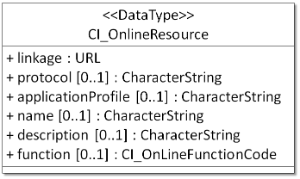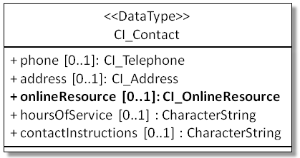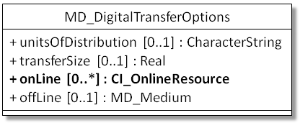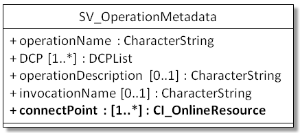Notes
The CI_OnlineResource is one of the most simple objects included in the ISO Standards. At the same time, this simple object raises some interesting questions.
Required vs. Optional Elements
The elements in the CI_OnlineResource are relevant to the many conversations about metadata that start with a question about minimum requirements. The only required element, the linkage, carries the really critical information about the CI_OnlineResource, its location. By itself, however, this information can be difficult for a human to understand and use. This is particularly true in the common situation where many CI_OnlineResources are available for a given dataset. The name, description, and function elements provide critical additional information and allow resources to be presented to users in related groups. There are many situations in which optional fields make metadata easier for users to understand and use. Metadata with only required fields is typically difficult to use. Metadata creators should consider these applications when they make decisions about what to include in their metadata.
The ISO Standards are broad and questions about how they should be used are common. Community understanding, practice and guidance play an important role in developing consistent usage. The CI_OnlineResource object, even though it is very simple, helps demonstrate this point. The protocol element is defined as “connection protocol to be used”. Examples might include http or ftp. The protocol is also included at the beginning of the URL, as in http://www.isoTC211.org. Should this URL be broken into two pieces: protocol = http and linkage = www.isoTC211.org? Should both fragments be combined in the linkage: http://www.iso.TC211.org? If they are combined, should protocol be left blank? All of these are reasonable questions and all three choices convey the same information content. Which is right?
As in the required vs. optional question discussed above, the correct answer involves usage. Including the protocol in the linkage element allows that element to be used without concatenating it together with the protocol element. The linkage can be used along with the name and description to easily form a nice package for users. At the same time, the protocol element can be used as a classifier for CI_OnlineResources to answer the question: “is this dataset available via ftp?”. So the correct answer is use both elements but don’t concatenate them together to create a link. Seems to make sense, but time, and practice, will tell.




